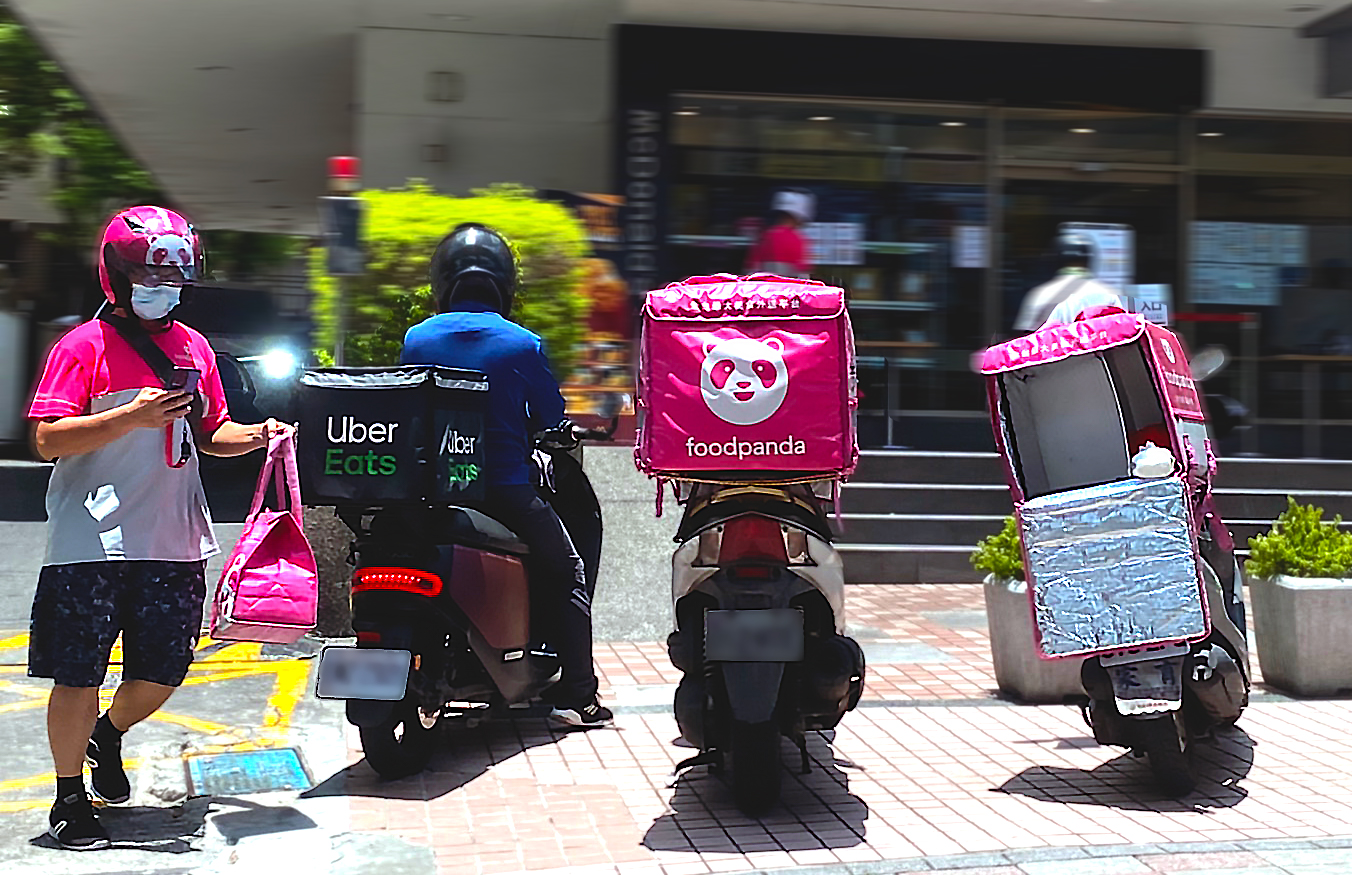Reporters/Yi-Tzu Lai,Yu-Chi Su
As the Chinese saying goes,” Eating is the top priority,’’ luckily in Taiwan, there are a variety of restaurants for people to dine in. Nowadays, people tend to eat out which makes the business of restaurants grow fast like it has never been before.
According to the statistics released by the Ministry of Economic Affairs (MOEA), food service in Taiwan rose sharply from 2015 to 2019, totaling approximately NT$158 billion with its growth increasing more than 25%. In 2020, because of the pandemic, the revenue in the catering market lost almost NT$34 billion. However, it’s a whole new chapter for food delivery platforms in Taiwan which have surged in the COVID pandemic. In fact, countries worldwide have changed their way of managing the restaurants. And Taiwan is not an exception.
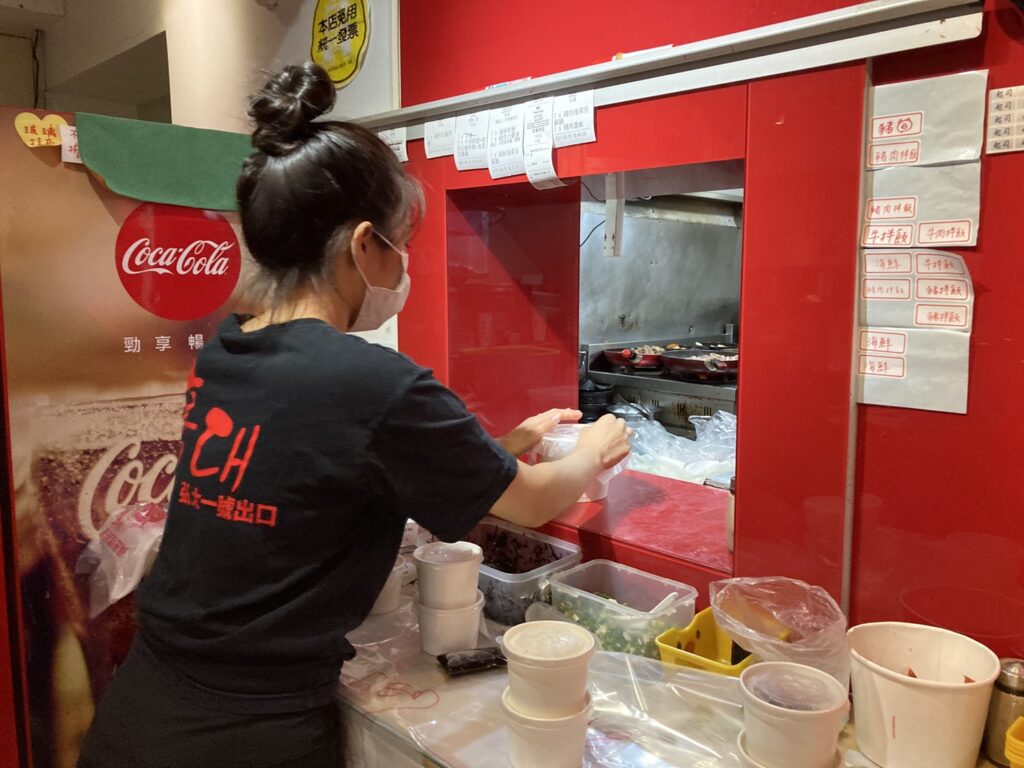
Food Delivery Platforms See Skyrocketing Demand
Foodpanda and UberEats started their businesses in Taiwan in 2012 and 2016 respectively; since then, food delivery service in Taiwan has grown steadily. Based on the statistics released by MOEA, the scale of food service delivery has increased in Taiwan since 2015. Compared to 2018 and 2019, it has increased 20%, with a total of NT$15 billion, reaching the peak of increase in food service. Not only does it help to boost restaurant business, the service of” delivery to your door’’ also meets the need of the people in 2020, when the COVID pandemic spread like wildfire. Needless to say, food delivery service in Taiwan has become a necessity for restaurants and retailers as well.
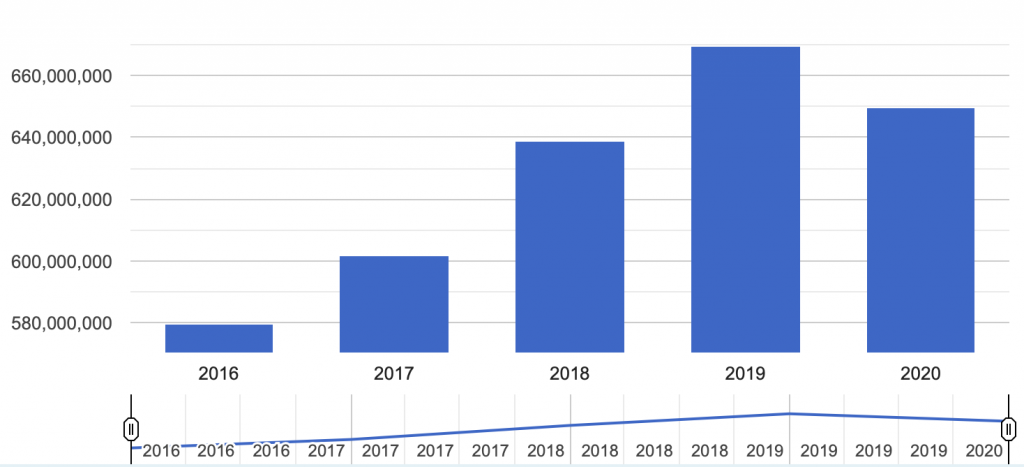
Restaurants in Taiwan faced its winter of discontent during the pandemic. Although there was no lockdown in Taiwan, many people still chose to follow government regulations to avoid social gatherings. This has led to a sharp decline in restaurant business since February 2020 . Some restaurants struggled to survive, while others were closed. In the meantime, a lot of restaurants saw a silver lining in food delivery service, so they changed their strategy to online restaurant and non-contact food delivery service. This helped the restaurants to keep their business solvent.
Chang, a delivery platform marketing supervisor, explained, “The values of food service lie in its convenience and fast delivery. These two elements are gradually changing the life style of people nowadays.’’ He also mentioned that both customers and restaurants start to use food service platforms one after another. For the restaurants, collaborating with the food service delivery not only win them additional orders, thus helping them to make more money, it can also increase the publicity of the restaurants which is a win-win situation for both sides. The food service platform thus opened a whole new page in its history, as its number of orders increased to 30 million, which in turn means the amount of customers’ orders grew for another NT$50 billion in revenue.
Joining Platform: for Better or for Worse
A Korean restaurant in Taipei’s Wenshan District joined the food service platform in 2019. Its CEO Mei-ling Tsou said ,“ Cooperating with the food delivery service not only solve the problem of lack of orders at dinner time, but can also increase our restaurant’s exposure so we can just focus on cooking delicious food.’’ Moreover, Tsou noted that the orders on delivery platforms kept rising during the pandemic which means her restaurant can still survive in times of crisis by using the food delivery platform.
Tsou also mentioned that although there seems to be a lot of benefits provided by the food delivery platforms, there is still room for improvement. First, it’s not easy to appease angry customers who might not be satisfied with the service nor could they immediately solve the problem when the restaurant made a mistake. Second, it’s important for the restaurant, the food delivery platform and the delivery man to work together to make each order a success. If either one side or the other didn’t do the job well, it could jeopardize the reputation of the restaurant.
Using food service platforms has gradually become Taiwanese’s habit of ordering meals. Song-Yu Dai, a delivery man found a rather interesting phenomenon at work. He said,” Using food delivery platform is so easy and convenient such that people aging from 7 to 70 can make their order on their own.” Besides, Dai also pointed out that many owners no longer run their restaurants but prepare their meals in their house kitchens. The change from physical restaurant to online service has also opened a whole new chapter for the local food service business as well.

By-product of Food Delivery Service: Cloud Kitchen
Without a physical dining area, the so-called “cloud kitchen’’ has now become a by-product of food service. Cloud kitchen also known as ghost kitchen is different from traditional restaurant as it doesn’t provide a place for the customers to dine in; instead, it has a 3-4 square meter place to cook and pack up the meal. In this way, personnel cost could be reduced and multiple brands can also share an area to run their businesses.
Eason Chen, founder of Healthy Lunch boxes, established his company in 2020 when the pandemic in Taiwan was at its peak. Chen mentioned the best part of a cloud kitchen is, “You can save up to 2/3 of your investment fund, since you don’t need exquisite decor and personnel cost to run a restaurant. By spending less, you can reduce the risk of starting up a business.’’
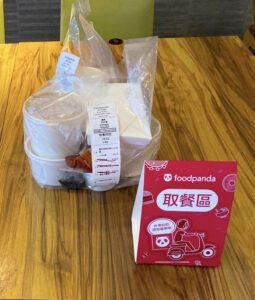
Users Vary in Age and Countries
Food delivery platforms do bring convenience to people’s lives. Yet, a survey conducted by Kantar on the use of delivery platforms among Taiwanese showed that 40% of the users aging 16-40 have used the food delivery platform, which is about 5.87 million in number. The survey also showed that most of the heavy users are in the age group of 20-40. Apparently, the younger generation is more fascinated by the advantages of food delivery platforms. Overall, there are 60% of the people in Taiwan who do not have the habit of using food delivery platforms, which means many of them still have concerns about using these platforms.
One of the reasons is because Taiwan is densely populated when compared with European countries and America. People can find restaurants just a few steps from their home. Tsou, who once lived in the United States, said, “When living in the United States, I used food delivery platforms more often than when I am in Taiwan, because you have to drive a long way to get meals in the US, which was very inconvenient!”
For food delivery platforms to have a long-term development in Taiwan, it’s important for the proprietors to come up with plans to cater to the needs of the middle-aged and elderly people who are less willing to use the food delivery platform. Only when more customers are willing to use their service can food delivery platforms enjoy a stable market in Taiwan.
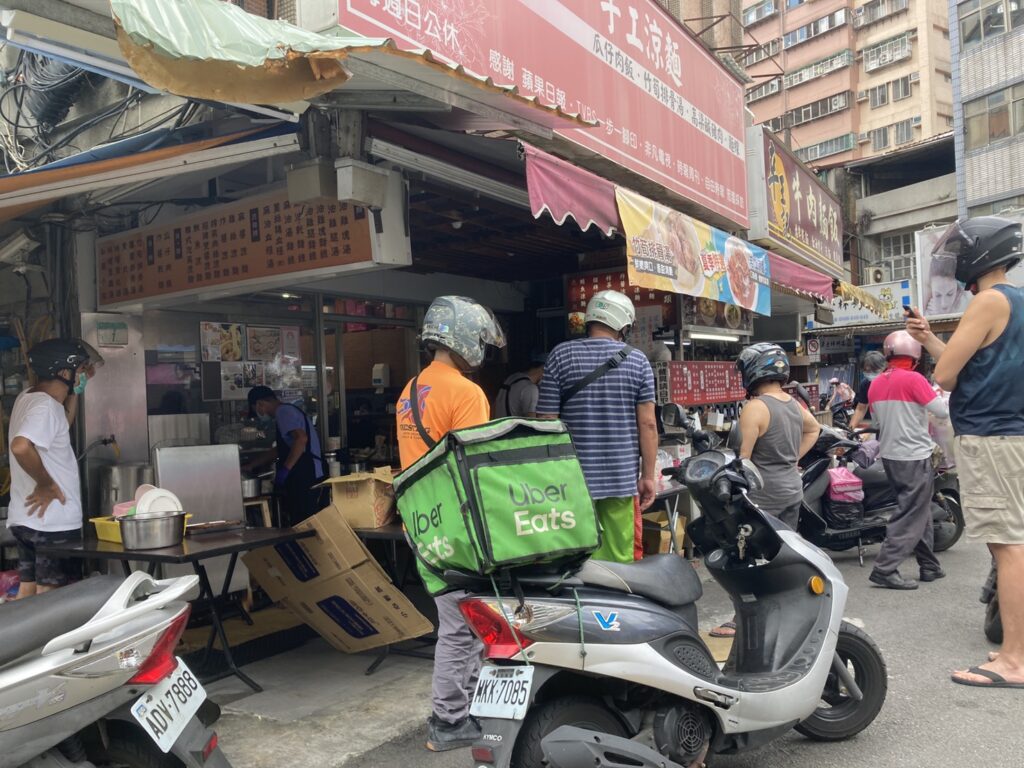
Future of Food Delivery Service
Talking about the future of food service delivery in Taiwan, Chang stated, “Another goal of food delivery platforms is to deliver grocery items so that they can serve as ‘refrigerator’ for the customers. In this way, customers no longer need to make space for their groceries at home.’’ Moreover, Chang also gave a good reason for such a change by saying, “Actually, food delivery platforms want to make sure that the delivery men can receive orders any time not just in the afternoon or at night when meals are ordered.”
Technology and innovation have created an ideal environment for the catering industry to undergo a series of transformations and helped local restaurants to survive in the pandemic. Although food delivery platform does bring a convenient way of dining for people in Taiwan and also increases the exposure of the restaurants to the public, it should be crucially aware of the needs of the people, so that it can continue to grow and prosper in Taiwan.

